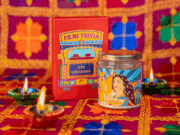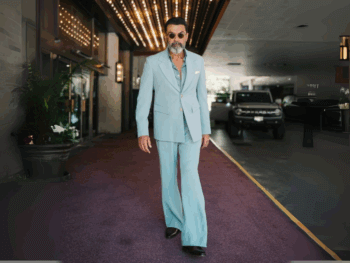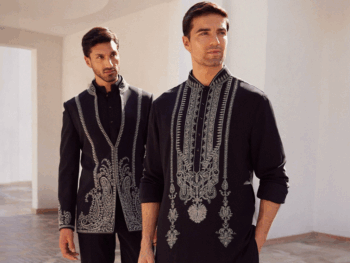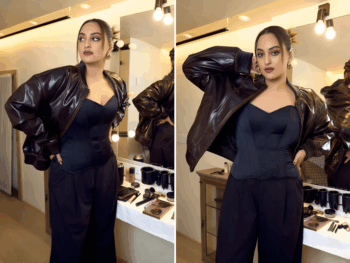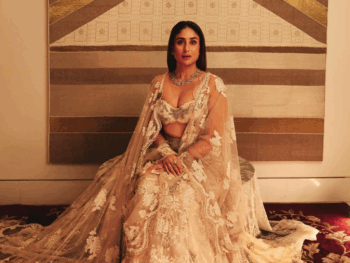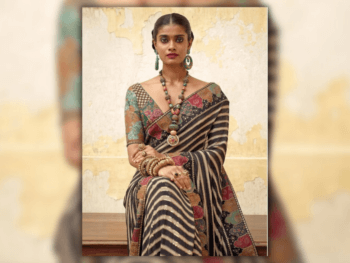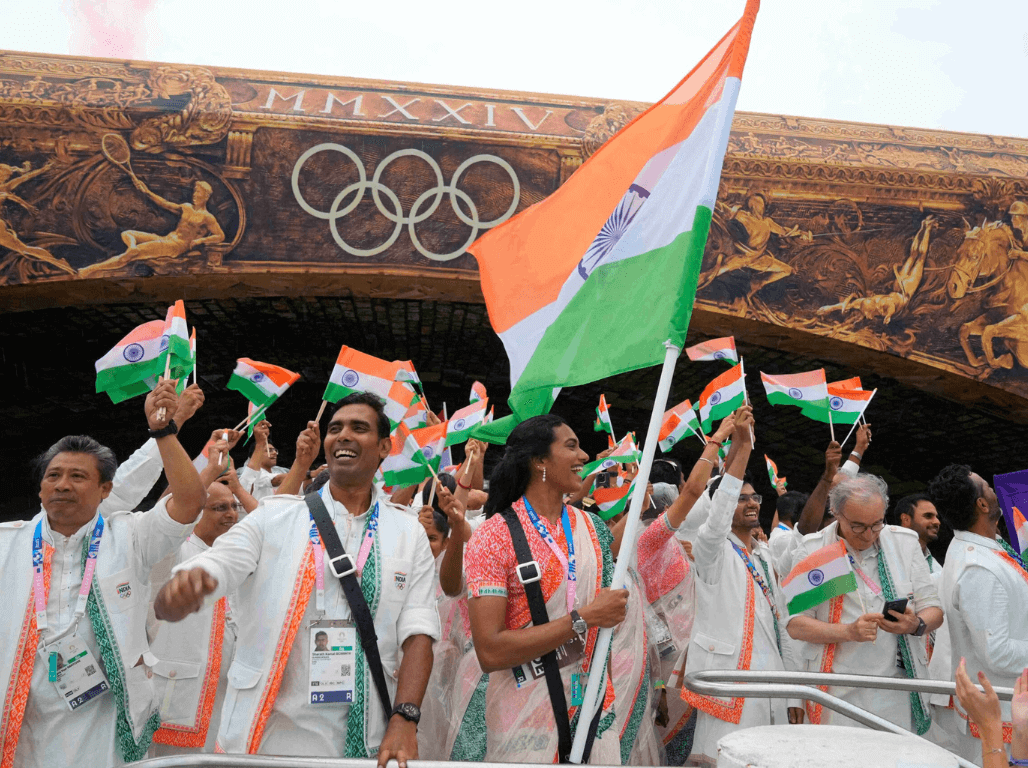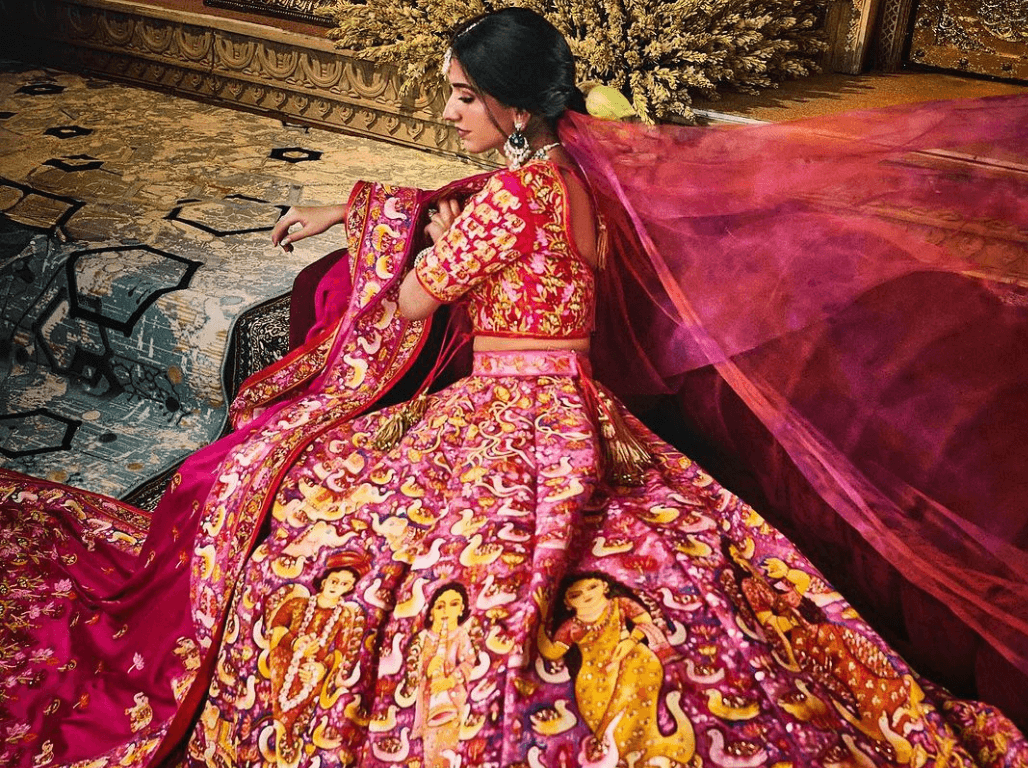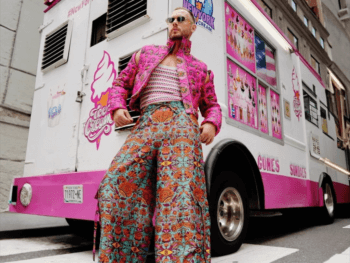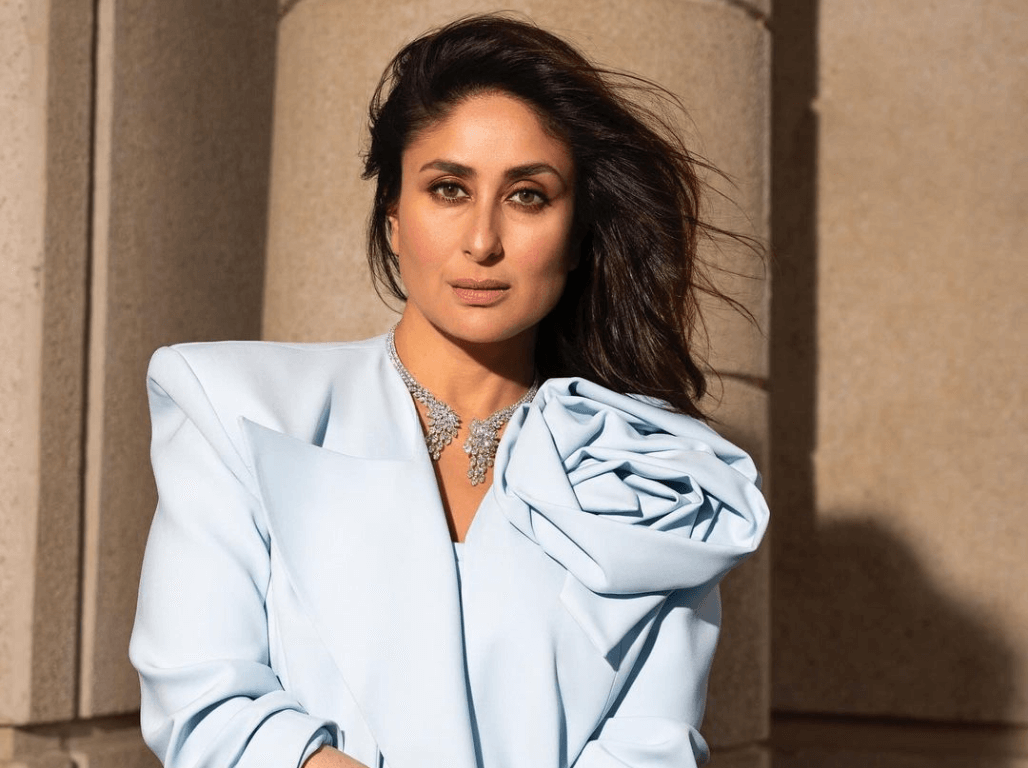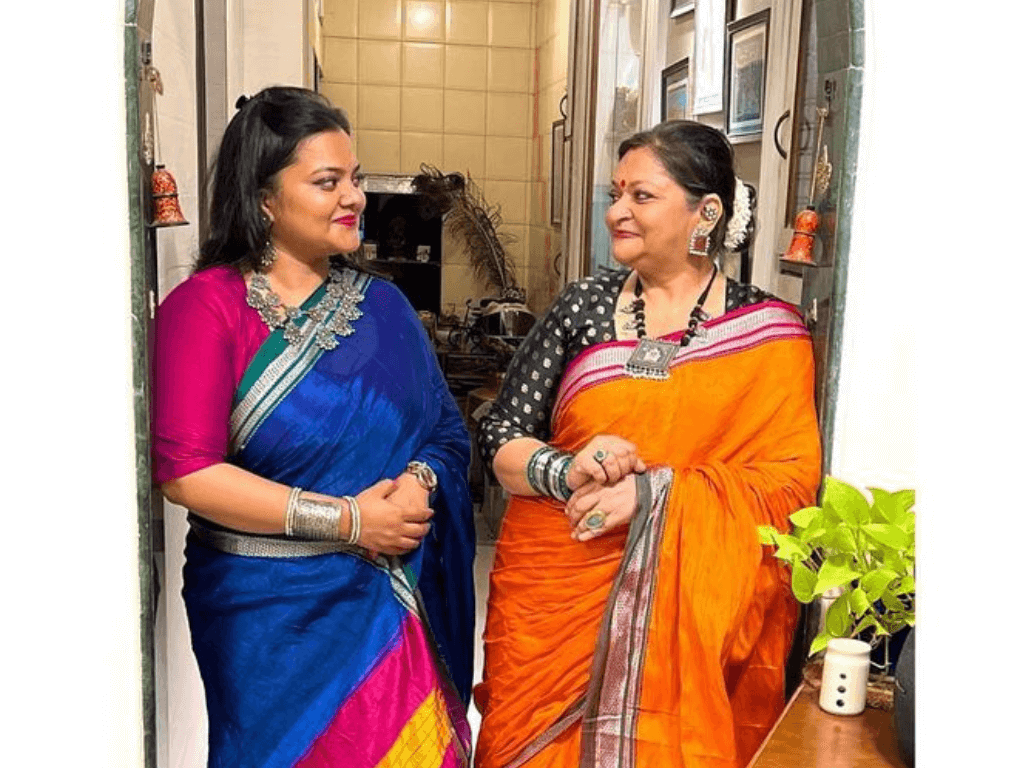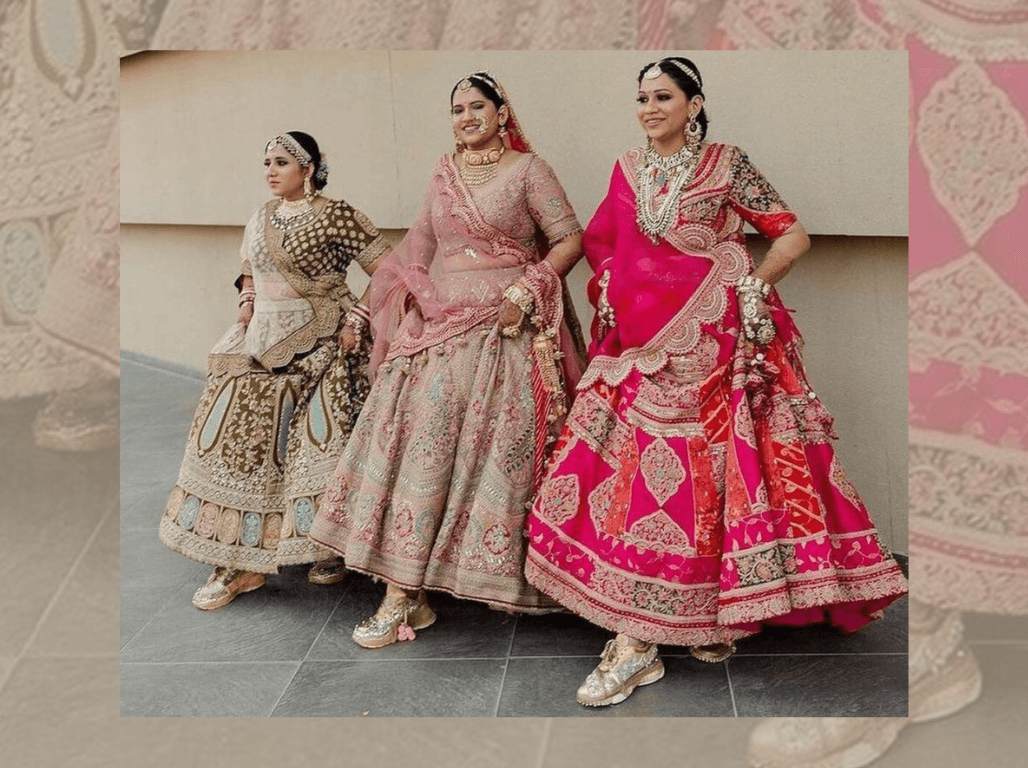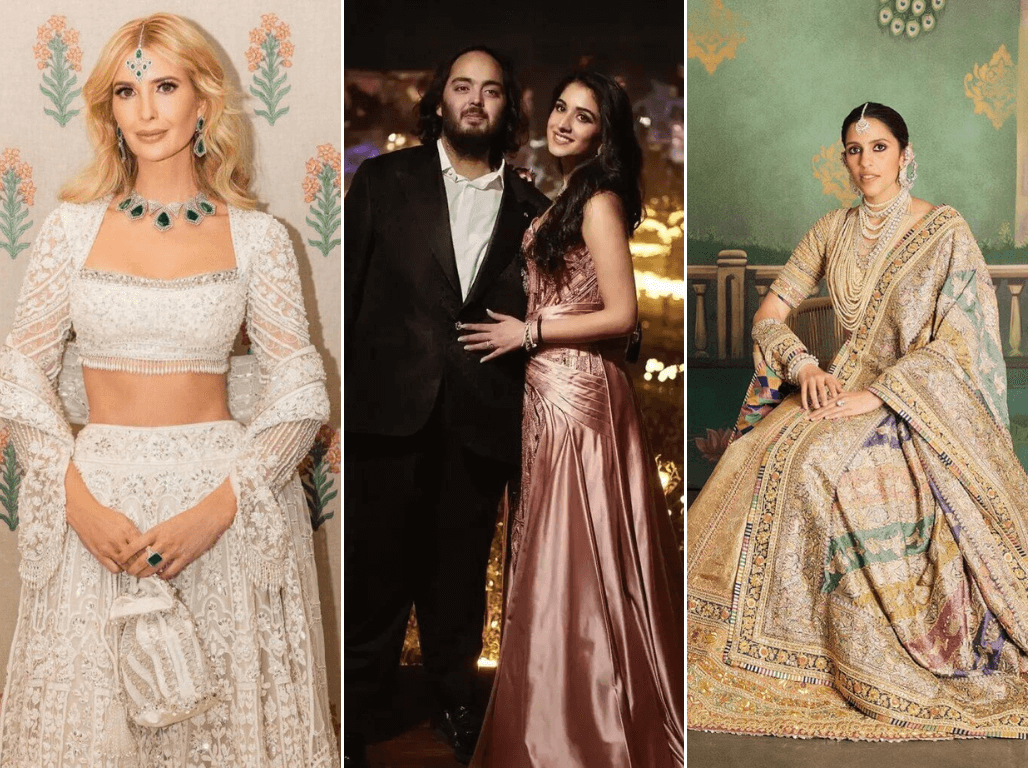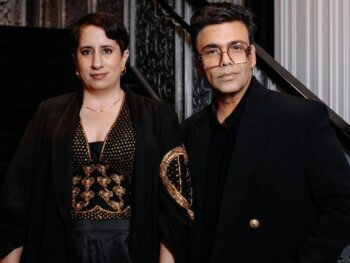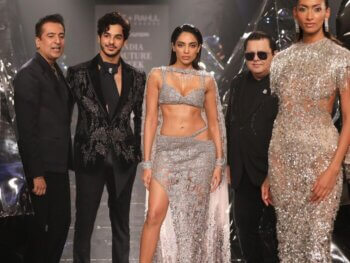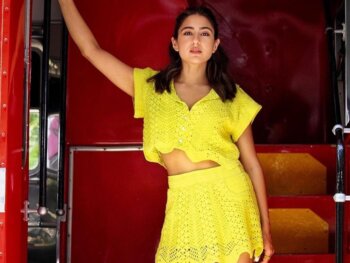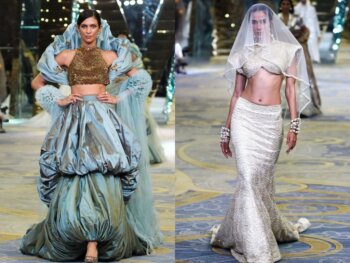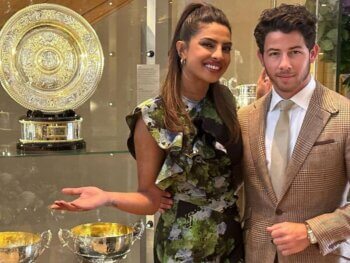It is crucial to discuss sustainability and fashion as the fashion industry’s practices significantly impact the environment, workers’ rights, and social justice. Addressing sustainability in fashion is imperative to reducing ecological damage, promoting ethical production, and fostering a more equitable industry for present and future generations. Today, many consumers are reviewing the brands that they purchase from and holding them accountable for reducing the wasteful nature of the industry, such as by looking at how they are sourcing materials, if they are following regulations and more.
Fashion is one of the largest industries in the world, with no signs of going away any time soon. However, the issue with the cyclical nature of fashion is that it creates a lot of waste.
Therefore, over the years, it’s become increasingly important to find ways to ensure being fashionable doesn’t come at the cost of harming the environment. In fact, LinkedIn reports that “the future of fashion brands and sustainability is poised to be transformative as the fashion industry faces increasing pressure to address its environmental and social impact.”
The Indian fashion community understood the assignment.
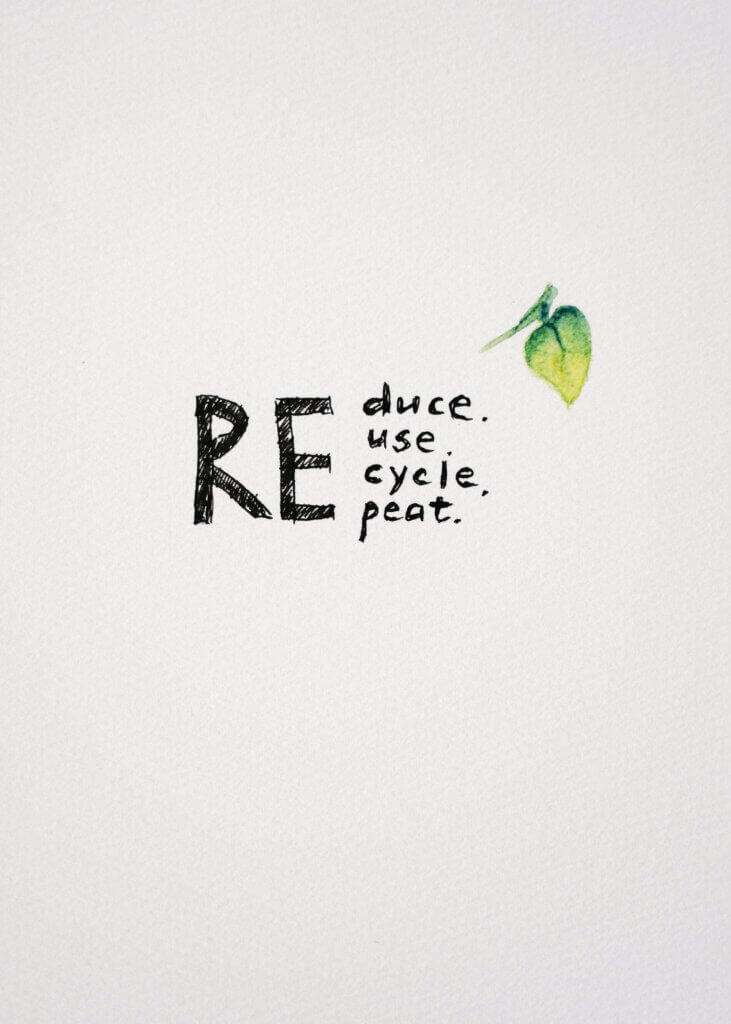
Over the last few years in India, there’s been more focus on genuinely making fashion practices more sustainable and eco-friendly, as opposed to adopting buzzwords to help sell clothing. Some key changes that brands are implementing, to ensure that they are doing their part to reduce the negative impact fashion can have, include the following:
- Using more sustainable materials and practices: While it may seem so simple, one of the key ways to combat the wasteful nature of the fashion industry is to implement the small changes. For example, Times of India highlights that for many manufacturers, “…sustainable fashion focuses on the use of natural textiles like cotton and jute, as well as organic threads for yarns. Additionally, eco-friendly practices such as low water usage, zero toxic waste, and minimal waste are prioritized.” As well, companies are adopting the use of materials that are better for the environment, such as “hemp, jute, bamboo, felt, pineapple leather.” Today, brands like Grassroots by Anita Dongre are using hemp, which is viewed as being a “carbon warrior, antimicrobial and hypoallergenic. It protects from harmful UV rays and is a conscious choice.”
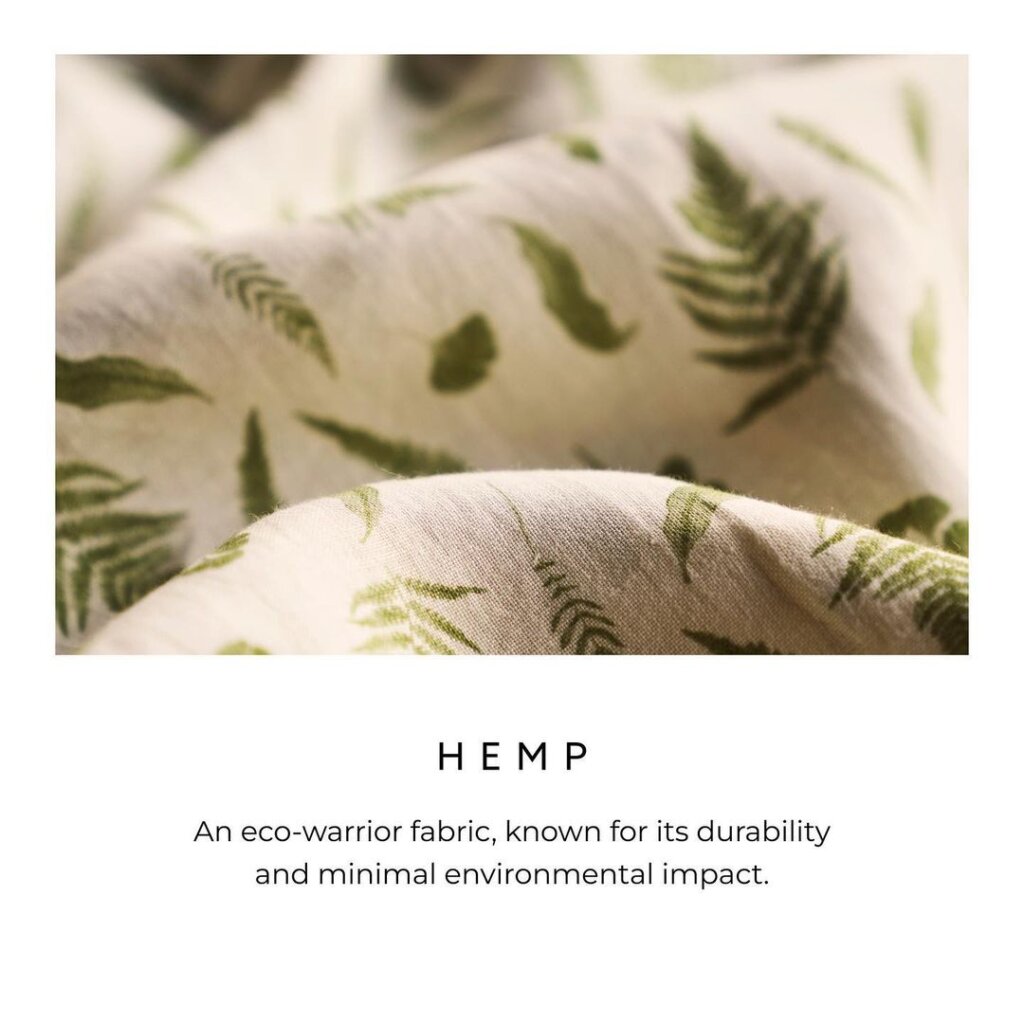
- Implementing a circular fashion mindset: In addition, many brands are adopting the three ‘Rs’ to help prevent further damage to the planet, which are to reuse, reduce, and to recycle. While this approach may seem straightforward, it can have a significant impact when it comes to avoiding the creation of additional waste. In fact, LinkedIn notes that some “brands are incentivizing consumers to extend the life of their clothing and reduce waste.” In addition to that, companies are also taking responsibility for their actions by applying these principles to their designs. For example, “fashion brands are actively working to reduce waste by designing for longevity and durability. Some are also adopting zero-waste manufacturing techniques to minimize textile waste.” One South Asian brand that is truly dedicated to reducing the waste they produce is Doodlage. According to Ecocult, Doodlage “is committed to zero-waste and so any scraps from its own production are in turn used to make accessories or packaging.” In this case, it’s crucial that customers are taking the time to educate themselves about what actions brands are taking to be more environmentally responsible, as supporting one brand over another may actually be more eco-friendly.
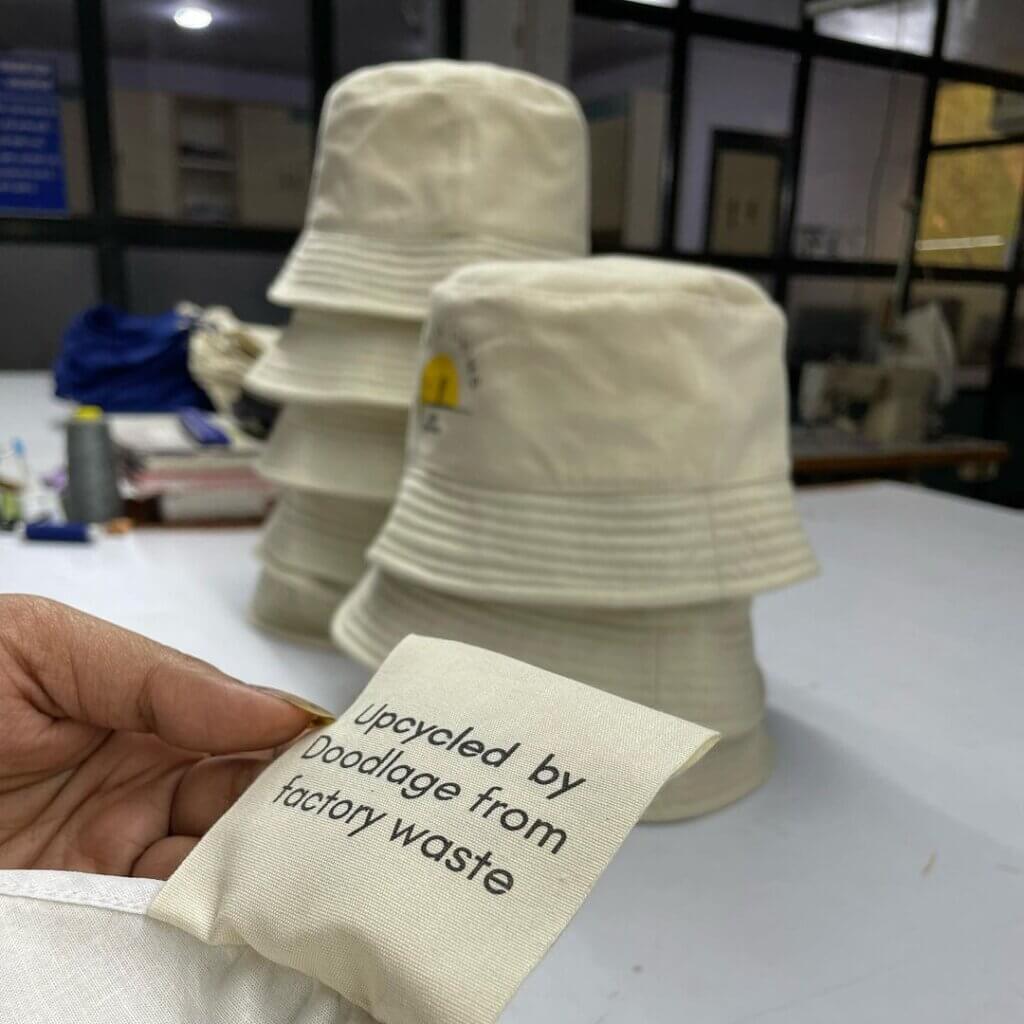
- Using more transparent methods for sourcing materials: Consumers are asking for more accountability from businesses, in terms of where they are souring materials and how they are making their products. LinkedIn notes that businesses are “…often using blockchain technology to enhance traceability” of the materials they are sourced. One fabulous South Asian brand that is blazing the trail when it comes to being transparent (at least, for me), is JODI. When you are browsing their website, each product includes a detailed description about of the materials used, where they came from, and how they were produced. Getting an understanding of these practices is important as it shines a light on how sustainable a companies products are, which allows consumers to make an informed decision about what business they want to support, and in turn, practices. In this sense, the consumer is being empowered with more information.
- Educating consumers: Businesses are bringing about awareness about the impact that unsustainable practices can have on the environment. As mentioned, many brands are providing consumers with information about their sustainability practices, which allows the buyer to make informed decisions that can potentially help the environment. One brand that is committed to helping their customers look fabulous and learn more about sustainability is B Label. For example, there is a portion of their website that is dedicated entirely to sustainability, where they explain more about the materials they use, what they are free of, and their certifications, demonstrating that they truly walk the walk.
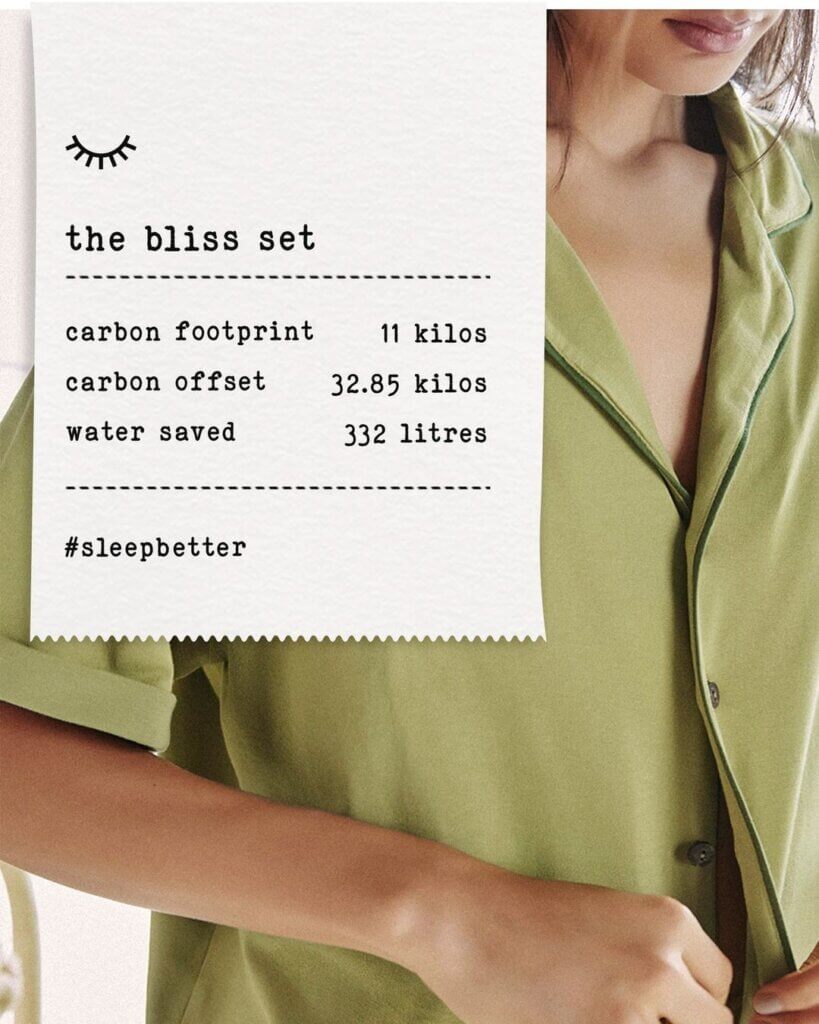
- Regulation: Many businesses are having to adopt more sustainable practices in accordance to the latest government regulations. In this case, having government regulation can be a positive thing as it encourages more environmentally conscious practices to be implemented, and there may be financial benefits as a result. In addition, LinkedIn reports that “as governments and organizations implement stricter regulations and certifications for sustainable practices in fashion, brands will need to comply to stay competitive.” Furthermore, LinkedIn highlights that “…the Ministry of Textiles in India has launched the Sustainable and Accelerated Adoption of Efficient Textile Technologies (SAATAT) initiative, which aims to promote sustainable textile production in the country.” There are also a number of groups, such as The Sustainable Apparel Coalition, The Sustainable Fashion Forum, and The Better Cotton Initiative that are made of up larger fashion brands, like H&M. That said, these groups are important as “they have helped to improve access to resources, increase funding, share expertise, improve the policy framework, and increase consumer awareness about sustainable fashion.”
That said, as consumers, we cannot expect brands to do all the heavy lifting; we must take the initiative to do our own research and educate ourselves. It’s not as hard as you may think either!
How You Can Learn About A Brand’s Sustainability Efforts
To learn about a brand’s sustainability efforts, it’s recommended to start by reviewing their website, which may include pages labelled ‘sustainability’ or ‘corporate social responsibility’ that are dedicated to explaining their practices. Nowadays, it’s quite common for brands to have dedicated pages on their websites that provides detailed data about their sustainability efforts, such as how they are sourcing their materials, their certifications, production process, and they may even have a sustainability report. You can also review a brand’s social media to see if they have any posts about sustainability.
With that said, it’s important that we are doing our part and carrying out our due diligence by making informed and mindful decisions about our purchases. For example, you can educate yourself about what sustainability means, choose to buy things used, review the brands you buy from to see what their sustainability practices are like, and much more. We can look fabulous, but we can do so in a conscious way that keeps the environment and our impact to the world around us front and centre.
Remember, we are all in this together.
Main Image Photo Credit: www.instagram.com
Devika Goberdhan | Fashion Editor
Author
Devika (@goberdhan.devika) is an MA graduate who specialized in Political Science at York University. Her passion and research throughout her graduate studies pushed her to learn about and unpack hot button issues. Thus, since starting at ANOKHI in 2016, she has written extensively about many challe...










